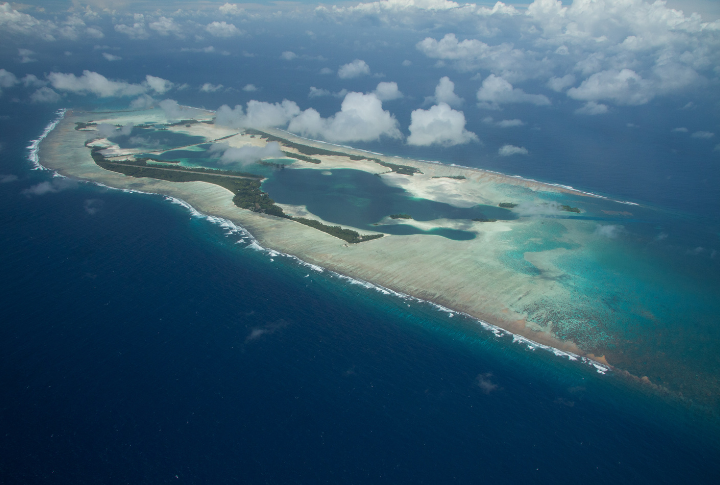
When you think of the American islands, Hawaii or Puerto Rico might come to mind. But the stars and stripes fly over far more exotic locales than you’d imagine. Scattered across vast oceans are some unknown fragments of America—remote atolls, volcanic outposts, and hidden tropical gems. Check out these 14 American Islands that shouldn’t be forgotten in time.
Pagan, Northern Mariana Islands
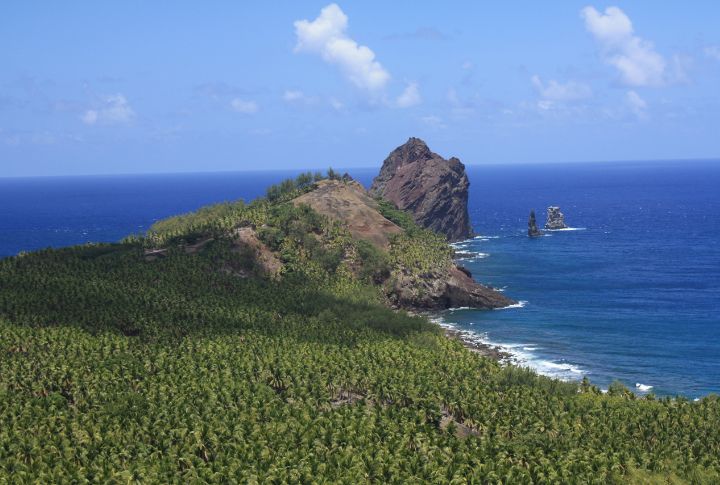
Dominated by two volcanoes, Pagan holds proof of nature’s raw power. Its last eruption in 1981 forced residents to evacuate, leaving behind a ghost town reclaimed by jungle. It would be exciting to witness its otherworldly landscapes of black sand beaches and steaming fumaroles. Unfortunately, its future hangs in the balance, caught between preservation initiatives and military interests.
Palmyra Atoll
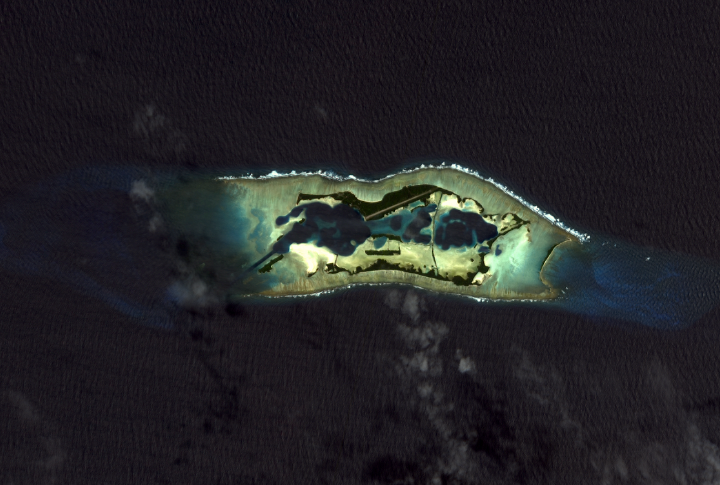
A thousand miles south of beautiful Hawaii lies Palmyra Atoll. Owned by The Nature Conservancy, it has limited access but can be visited with a permit. Its lagoons and forests host a variety of animals like giant coconut crabs and rare birds. Palmyra’s isolation makes it a window into how Mother Earth thrives without interference.
Howland Island
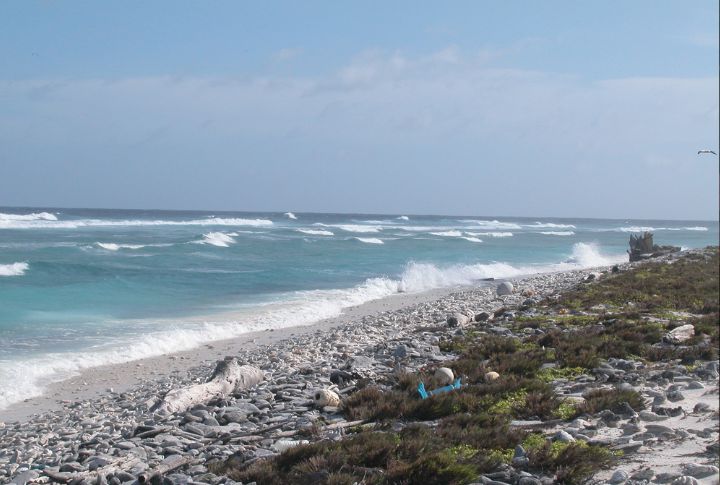
Amelia Earhart’s intended pit stop became her vanishing point. This uninhabited island, barely a mile long, is now a wildlife refuge. Its desolate landscape belies the rich marine environment in its surroundings. Howland’s tragic history and faraway location make it one of the least visited U.S. territories, a lonely sentinel in the great Pacific.
Wake Island
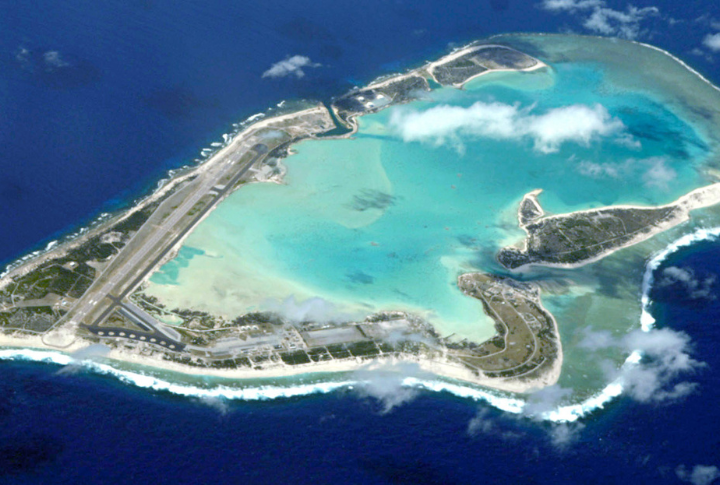
Once a strategic special forces outpost, Wake Island has been serving as a transit hub for military flights. Its horseshoe shape cradles a marsh, housing a vibrant ecosystem. The island bears scars of World War II battles. Access is strictly regulated, and an unauthorized visit without the required permission is very much prohibited.
Navassa Island
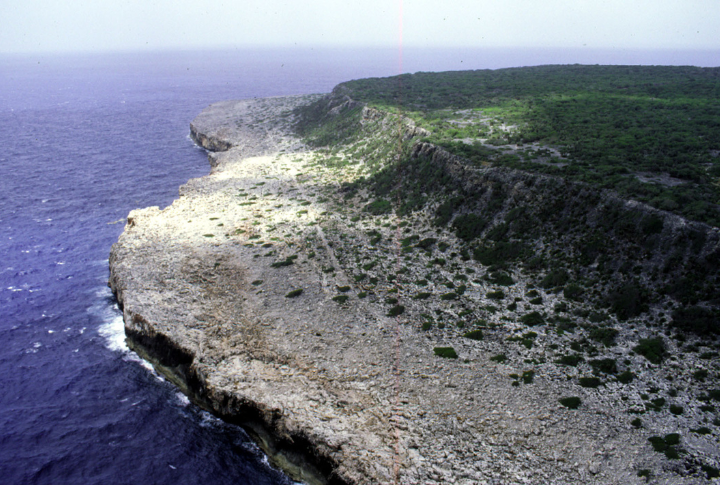
Both the U.S. and Haiti claim that Navassa Island is a point of contention. No one currently resides in the Caribbean islet surrounded by treacherous cliffs, which makes access challenging. Its rocky terrain hosts interesting species found nowhere else on Earth. Sovereignty disputes have left Navassa in limbo to preserve its ecosystems but complicating scientific research.
Baker Island
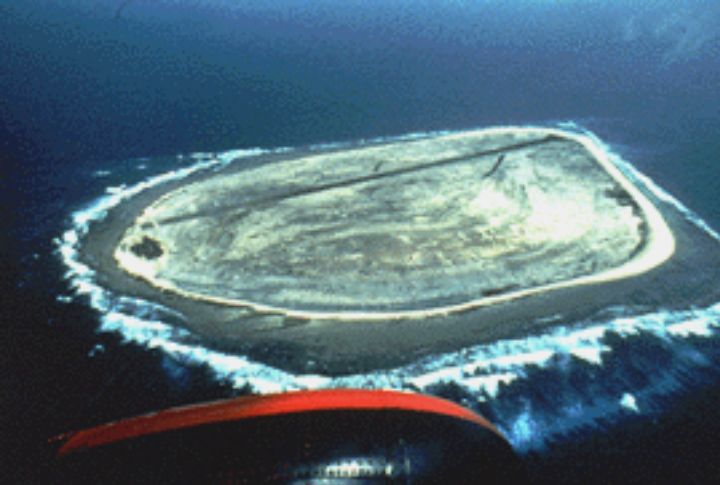
From an aerial view, one could mistake Baker Island for a barren set in a movie. Formerly used as a guano mine, Baker is now protected by the federal government. Curious tourists can, however, take the National Park Service’s summer tours to Baker Island, departing from Bar Harbor.
Jarvis Island

Jarvis Island is a study in contradictions. Its empty surface belies the underwater wonderland that surrounds it. Large schools of fish swirl around its shores and attract a wealth of aquatic predators. Climate researchers value Jarvis for its location and use it to determine El Niño patterns and global warming impacts on coral reefs.
Johnston Atoll
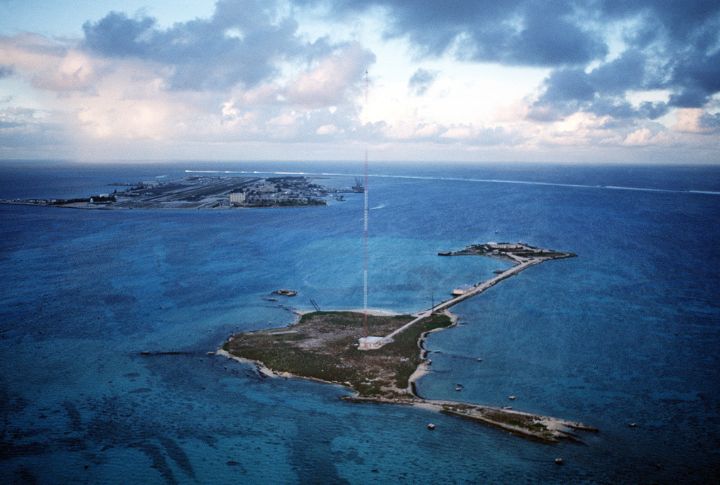
The isolated and deserted Johnston Atoll lies in the Pacific as a wildlife refuge, though it was once a military base. It has a complex past due to its involvement in chemical weapons disposal and nuclear testing. Johnston Atoll has experienced extensive environmental restoration and is now a sanctuary for a variety of bird species.
Swains Island, American Samoa
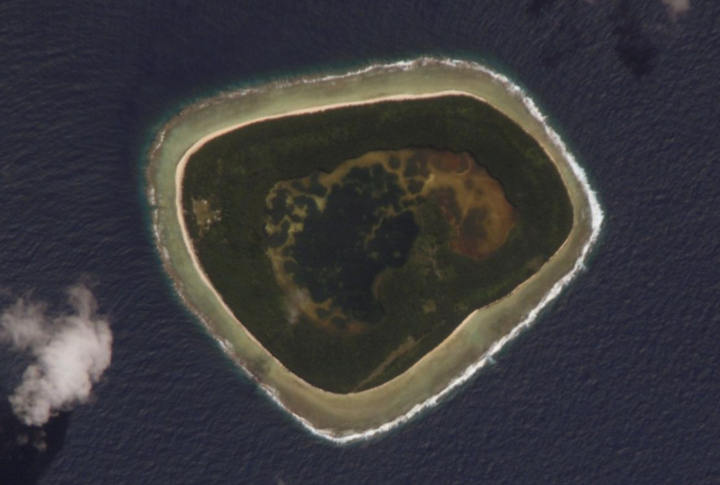
As far as places go, Swains Island is a curiosity—an American territory administered by American Samoa. The island is also home to just a handful of caretakers, descendants of its 19th-century colonizer. Its unique status and isolated beauty make it a subject of fascination for geopolitics buffs and adventure travelers alike.
Rose Atoll, American Samoa
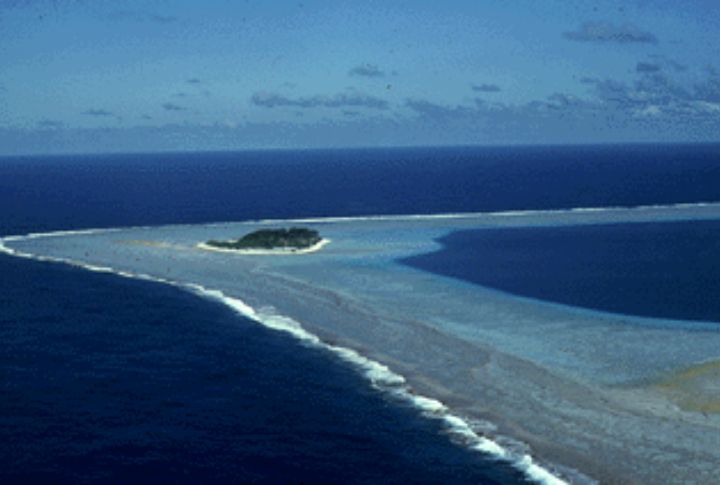
The southernmost area in the United States is Rose Atoll. This tiny coral atoll is a riot of color, from its pink sand beaches to the turquoise bayou. It’s an essential breeding ground for sea turtles and seabirds. Regardless of its small size, Rose is outsized in marine conservation and protects some of the South Pacific’s most pristine coral reefs.
Kingman Reef
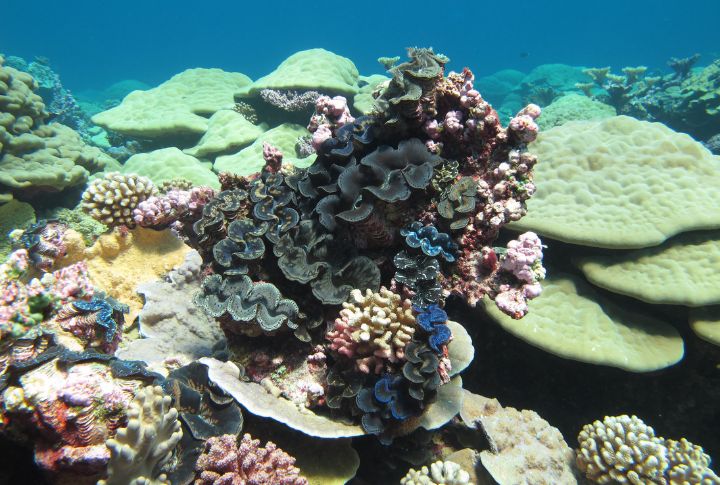
Almost entirely underwater, Kingman Reef is a sailor’s nightmare but a diver’s dream. It provides an incredible diversity of oceanic life, including massive shark populations. Scientists consider Kingman a perfect natural laboratory with insights into coral reefs untouched by human activity.
Midway Atoll
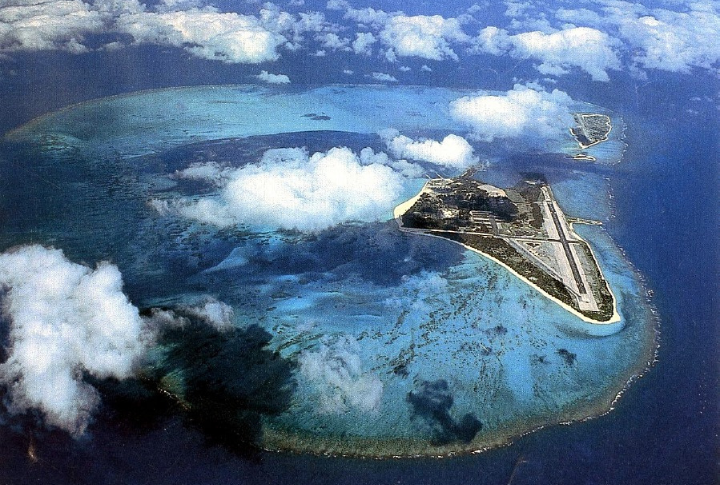
Famous for its pivotal role in World War II, this island is now battling a different invasion. It’s ground zero for studying the impact of plastic pollution on nautical ecosystems. Even with environmental challenges, Midway remains a domain for millions of avian species, including the largest colony of Laysan albatrosses.
Bajo Nuevo Bank
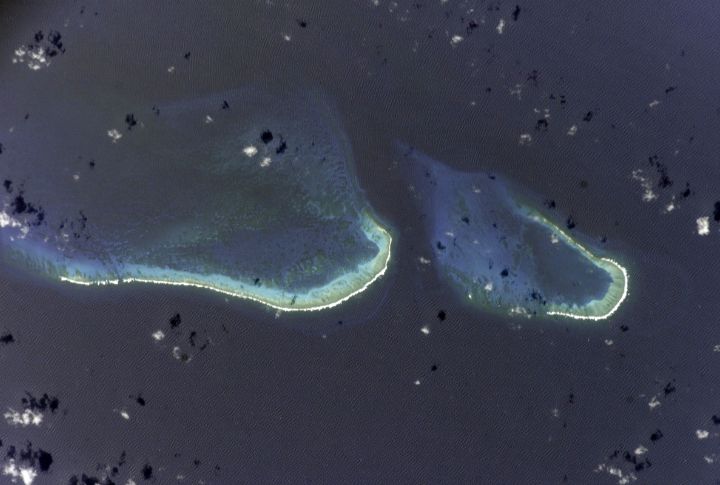
A small, deserted reef called Bajo Nuevo Bank is in the western Caribbean Sea. Often referred to as the Petrel Islands, it is a point of territorial contention for the United States, Colombia, Jamaica, and Nicaragua. The reef’s location and possible resources make it strategically significant even though uninhabited.
Serranilla Bank
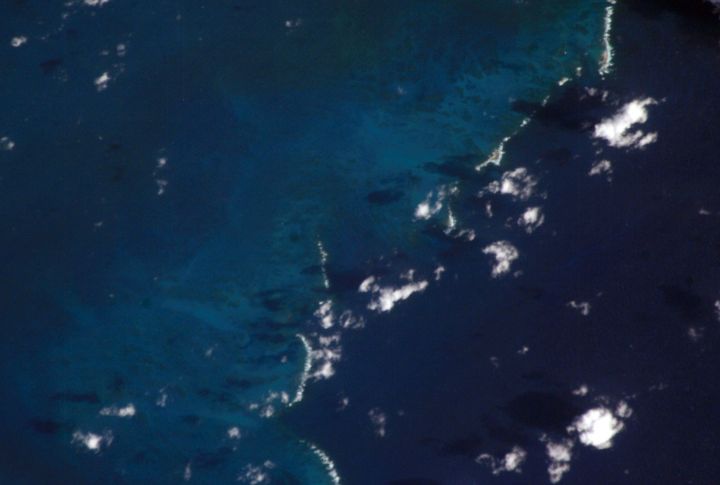
The western Caribbean Sea is home to Serranilla Bank, a partially submerged coral reef. Despite its small size, the bank has significant geopolitical and environmental implications, with territorial disputes between Colombia, Nicaragua, and the United States. It faces increasing threats from human activities such as overfishing and natural challenges like sargassum seaweed proliferation.

